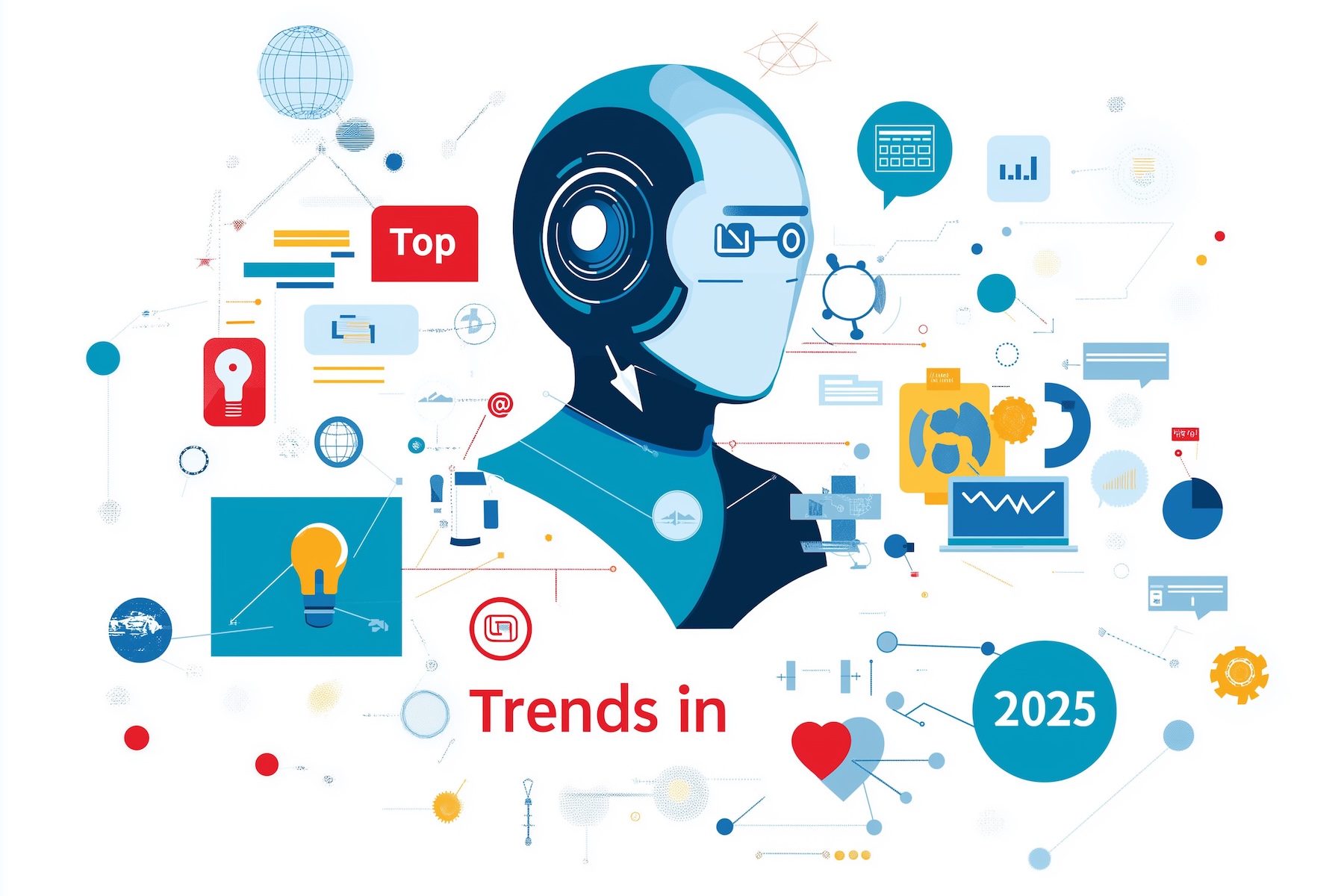Web design is in a constant state of evolution. What worked even a year ago can now feel outdated or underwhelming. In 2025, users expect seamless, engaging, and intelligent digital experiences—and businesses need to adapt their websites to match those expectations. From smart personalization to motion-rich storytelling, the new wave of design trends is all about combining functionality with emotional impact. Here’s a breakdown of the most important web design trends shaping the digital space this year.
AI-Powered Personalization
Artificial Intelligence (AI) is transforming how websites adapt to user behavior. No longer limited to backend tasks or customer service bots, AI now drives on-page personalization in real time. Sites can now detect user location, behavior, and intent to serve up customized layouts, content, and product suggestions. This personalized experience not only increases engagement but makes visitors feel like the website was built just for them—boosting trust and conversion rates.
Micro-Interactions
Micro-interactions have become essential tools for engagement. These tiny animated responses—like a button that slightly expands on hover or an icon that changes when clicked—add subtle feedback that makes the interface feel alive. In 2025, designers are integrating these micro-interactions in ways that feel organic, not distracting. Whether used for progress indicators, form validations, or scroll cues, they create a smoother and more satisfying experience for the user.
Scroll-Based Storytelling
Scroll-based storytelling is redefining how users move through content. Rather than jumping from page to page, websites now use dynamic scrolling effects like parallax motion, layered animations, and horizontal scrolls to guide visitors through a narrative. These immersive layouts turn browsing into an experience, particularly effective for case studies, brand stories, or product reveals. Done well, they keep users engaged and emotionally connected from start to finish.
Bold, Brutalist Typography
Typography is no longer just about readability—it’s now a central element of visual identity. 2025 is seeing a rise in bold, brutalist fonts that command attention and reflect brand confidence. Oversized headlines, experimental kerning, and contrasting type combinations are being used to add edge and personality to web pages. Designers are using type not just as text, but as design—breaking grids, layering over images, and animating text elements for added drama.
Voice UX and Audio Interfaces
Voice interfaces are gaining traction as users grow more comfortable with smart speakers, voice search, and AI assistants. Forward-thinking designers are building voice navigation capabilities into websites, especially on mobile. Audio cues are also being used to provide feedback or guide users through interfaces. Beyond accessibility, voice UX offers hands-free convenience and a futuristic edge that resonates with tech-savvy users.
Sustainable Design
Sustainability is becoming a priority in digital design. Lightweight websites that use fewer server resources are better for the planet—and they load faster, too. Designers are optimizing image sizes, limiting video autoplay, and choosing eco-friendly hosting providers to reduce the digital carbon footprint. This aligns with a growing user preference for environmentally responsible brands, adding both performance and purpose to modern design strategies.
Low-Code and No-Code Tools
Low-code and no-code platforms are revolutionizing the development process. Tools like Webflow, Framer, and WordPress’s Full Site Editing allow creators to build high-end websites without writing code. In 2025, these platforms are not just for prototypes—they power full-fledged, client-ready websites. This trend is democratizing web design, enabling startups and small businesses to launch beautiful, responsive websites faster and more affordably than ever before.
Hyper-Minimal Navigation
Navigation is getting simpler and smarter. With users expecting instant access to what they need, designers are ditching clunky menu structures in favor of minimal navigation systems. Hidden menus, sticky headers, and gesture-based controls allow for a cleaner, more focused interface. The goal is to reduce friction and make it effortless for visitors to find what they’re looking for—without overwhelming them with choices.
In summary, the most successful websites in 2025 are those that combine innovation with empathy. They’re not just functional—they’re responsive, intelligent, and emotionally resonant. By embracing these design trends, businesses can create digital experiences that connect with users on a deeper level, stand out from the competition, and perform across all devices and platforms.

